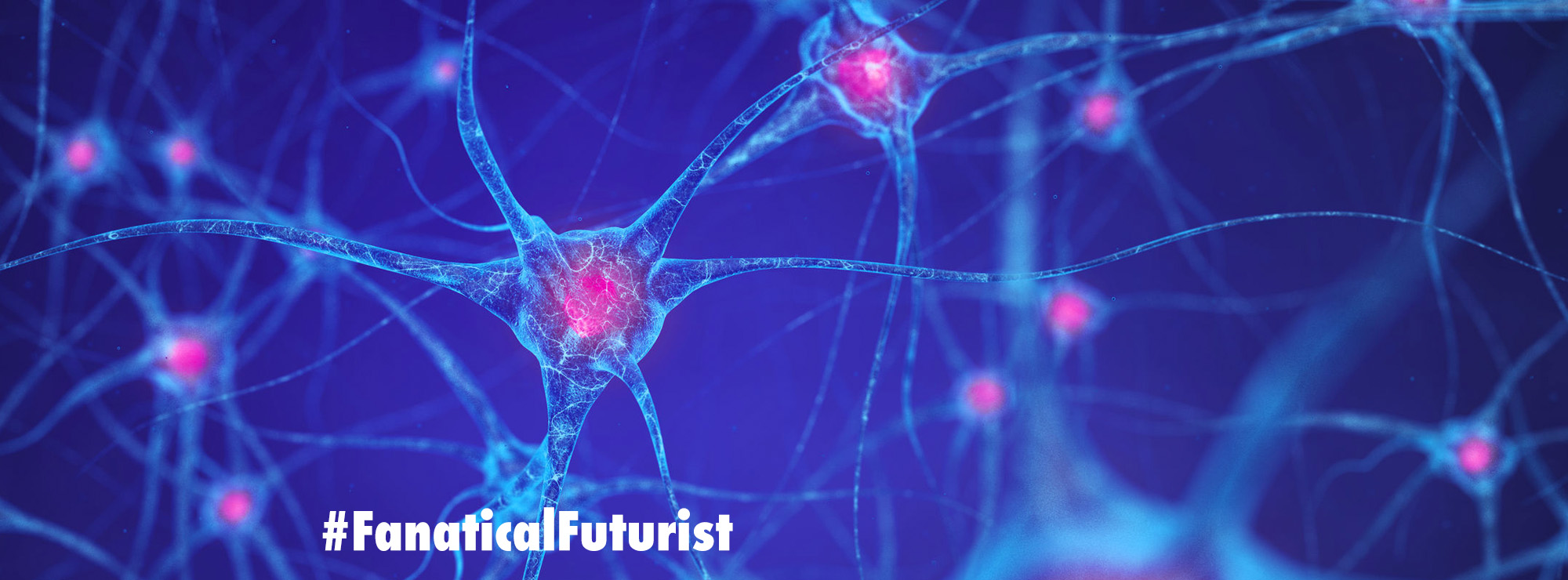
WHY THIS MATTERS IN BRIEF
Being able to create and control discrete chemical and biological processes and reactions is extremely difficult, this new language aims to simplify it, alot.
Synthetic biology is an exciting new field of research that applies engineering principles to biology, and so far it’s being used to create everything from new alien bacteria and in vivo gene editing therapies that cure inherited genetic diseases in living patients, and one day it might be used to help grow, rather than build, everything from biological computers and DNA neural networks, to cities and even superyachts.
It also has the potential to revolutionise a number of other fields including computing, communications, electronics, healthcare and manufacturing, but one of the biggest challenges the field faces is that of “embedding computation in molecular contexts, in situations where electronic micro-controllers cannot be inserted,” say researchers. In other words, being able to “build” biological and chemical reactions in the same way we build software today.
The solution to this greatest of challenges, apparently, is to create a new programming language that lets people apply the concepts of computer programming to biology and its molecular components. And now a team of researchers from the University of Texas at Austin have answered the call by creating CRN++, a “new language for programming deterministic (mass-action) chemical kinetics in performing computations.”
The research team’s work has been pre-published on arXiv. In the paper, they go into detail about the new language and build a compiler that translates CRN++ programs into biological and chemical reactions.
“A key technical challenge of synthetic biology is to design a chemical controller that interacts within a cellular environment, [to] achieve a particular task,” said Marko Vasic, one of the researchers who carried out the study.
“To achieve this, it is necessary to both engineer synthetic molecules and program them. Molecules interact with each other via chemical reactions, and by programming molecules, we can control the ‘defining interaction rules’ (chemical reactions) between them all.”
While there have been exciting developments recently in DNA synthesis that have opened doors for molecule engineering researchers still have to think of how best to generate the chemical reactions they need to achieve a specific goal.
By creating the CRN++ language the team hopes people can use it as a way to express the behaviour of chemical reactions in a more intuitive way. The language’s development team explain that CRN++ is based on two ideas – modularity and the use of an oscillator which directs the code.
“To the best of our knowledge, we are the first to provide an imperative programming language that complies with chemical reaction networks,” Vasic said. “We open-sourced our code, including CRN++, as well as simulation framework, as we hope that this will make it easier for researchers to try out new approaches, and thus advance the area further.”
The new language will likely help scientists working in the field of synthetic biology achieve some of the field’s broad aims including creating a catalogue of “standardised biological parts that can be used and synthesised quickly to build novel biological systems,” which in decades to come will have an influence on every corner of society.
So let it be said, that one day we will truly be able to “code life.”
Source: arXiv















